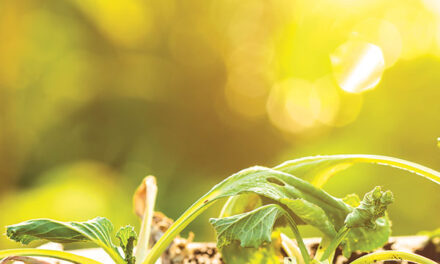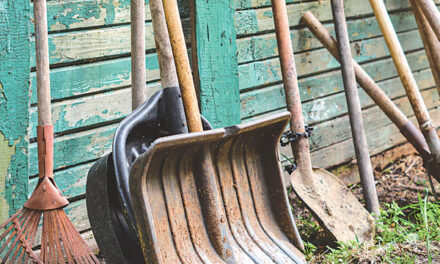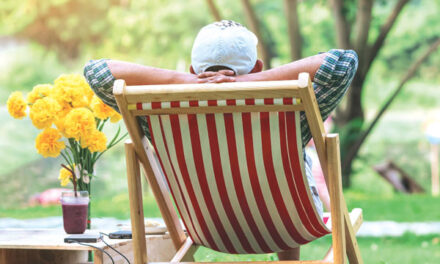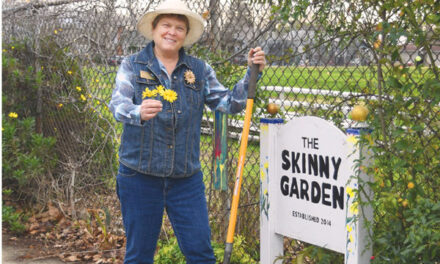Poinsettias, America’s most popular potted flowering plant, are revered holiday guests. They produce a festive show during their annual visit, then pass on to that Great Heavenly Garden shortly after New Year’s Day.
The descent on nurseries, florist shops, supermarkets and box stores in search of poinsettias begins around Thanksgiving. Poinsettia mania breaks out and so begins the challenge of keeping them alive and beautiful for 4–8 weeks.
About 70 million are sold each year during the holiday season. Why are we infatuated with poinsettias?
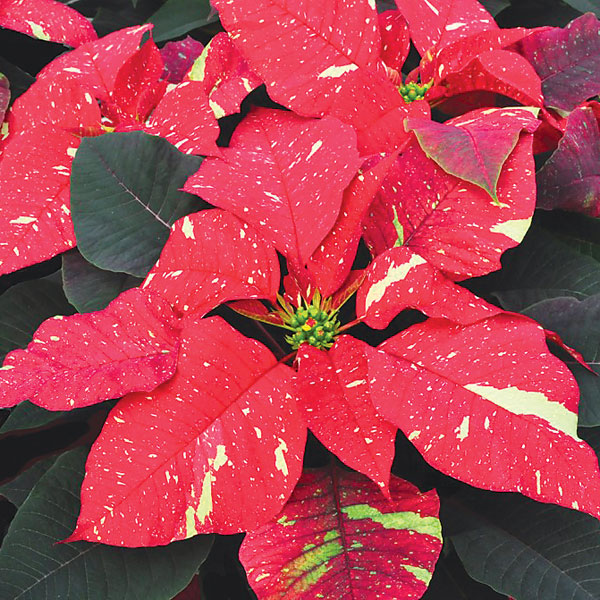
“Probably the pop of color, usually red, that lasts literally for months indoors during the time of year when not much is blooming inside or out,” says Jan Fetler, a poinsettia aficionado and UC Master Gardener from Elk Grove.
Red poinsettias are traditional, but there are more than 100 varieties available in red, yellow, purple, white, multi-colored, salmon, gold, coral and even orange for Halloween.
“I like the unusual colors for a special focal point, a gold or coral-colored poinsettia to go with the bedroom décor,” Fetler says. “Red is nice, too, but other colors and the whites can work through the season.”
Poinsettia is botanically Euphorbia pulcherrima and grows wild in Guatemala and along the Pacific Coast of Southern Mexico. Aztecs cultivated the plant nearly 1,000 years ago, using it for dyes and medicinally for fevers. In tropical jungles, poinsettias can reach 15 feet high.
U.S. diplomat and amateur botanist Joel Roberts Poinsett became infatuated with the plant while serving as first ambassador to Mexico. In 1828, he sent cuttings to the U.S. He died in 1851 and the date of his passing, Dec. 12, is now celebrated as “Poinsettia Day.”
More than a century after Poinsett introduced the plant to his homeland, California growers created a down-sized, bushier version of the weedy perennial through grafting. Clever marketing and breeding followed, and the holiday poinsettia became fabulously popular.
It’s not uncommon for one home to display a half-dozen or more poinsettias during the holiday months. To ensure the healthiest plants, avoid buying poinsettias displayed near an exterior door. They don’t appreciate cold blasts of air.
Examine each plant. Foliage should be dark green from top to bottom. Move along if the leaves (called bracts) are not fully colored and exhibit green edges. Tiny flowers, which are in the center of the leaves or bracts, should be green or tipped with red and not covered in yellow pollen. Peek under the leaves to check for whitefly or aphid infestations.
Other warning signs are wilted leaves when the soil is damp and fallen, and yellowing leaves.
After purchase ask that the plants be covered with a sleeve if outdoor temperatures are in the 50s or below. Once home, remove the foil or plastic wrapping around the pot, which blocks drainage. Drop the plastic pot into a decorative pot for a more festive look.
Poinsettias need light. A sunny window is a great location. Maintain room temperature above 60 degrees and arrange plants away from cold air near doorways.
The challenge of proper watering can be maddening. Temperature, sunlight and humidity vary from home to home. Basically, check the soil every day or two. If dry, water thoroughly until it drains out the bottom. Don’t let water collect and remain under the pot. Standing water will cause root damage and the plant’s health will decline.
“I think the biggest mistake is letting them dry out too long, which is easy to do during the busy holiday,” Fetler says. “These plants need consistent moisture to keep all their leaves and colored bracts.”
Tales of deadly poisonous poinsettias are greatly exaggerated. An Ohio State University study found that a 50-pound child would have to eat more than 500 leaves to exhibit side effects of nausea, vomiting and diarrhea. Like all products and plants that can be toxic, the decision is yours.
May your holiday poinsettias bring beauty and joy!
Dan Vierria is a University of California Cooperative Extension Master Gardener for Sacramento County. He can be reached at masterg29@gmail.com. For answers to gardening questions, contact the UCCE Master Gardeners at (916) 876-5338, email mgsacramento@ucanr.edu or visit sacmg.ucanr.edu. Follow us on Facebook, Twitter and Instagram: @insidesacramento.






